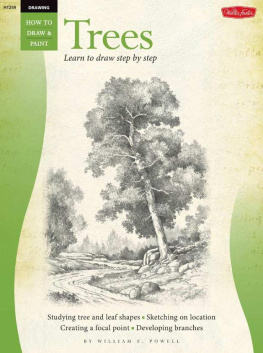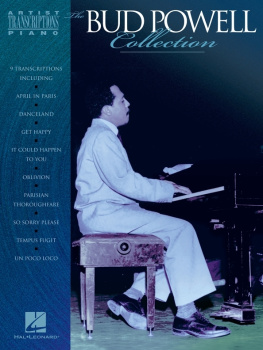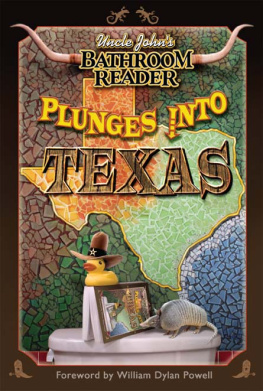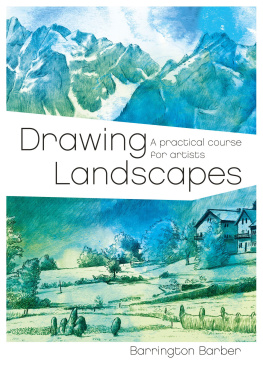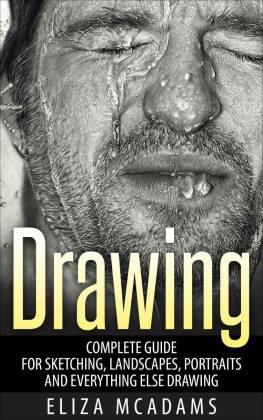William F. Powell - Drawing Landscapes
Here you can read online William F. Powell - Drawing Landscapes full text of the book (entire story) in english for free. Download pdf and epub, get meaning, cover and reviews about this ebook. year: 2020, publisher: Walter Foster Publishing, genre: Home and family. Description of the work, (preface) as well as reviews are available. Best literature library LitArk.com created for fans of good reading and offers a wide selection of genres:
Romance novel
Science fiction
Adventure
Detective
Science
History
Home and family
Prose
Art
Politics
Computer
Non-fiction
Religion
Business
Children
Humor
Choose a favorite category and find really read worthwhile books. Enjoy immersion in the world of imagination, feel the emotions of the characters or learn something new for yourself, make an fascinating discovery.

- Book:Drawing Landscapes
- Author:
- Publisher:Walter Foster Publishing
- Genre:
- Year:2020
- Rating:3 / 5
- Favourites:Add to favourites
- Your mark:
- 60
- 1
- 2
- 3
- 4
- 5
Drawing Landscapes: summary, description and annotation
We offer to read an annotation, description, summary or preface (depends on what the author of the book "Drawing Landscapes" wrote himself). If you haven't found the necessary information about the book — write in the comments, we will try to find it.
Drawing Landscapes — read online for free the complete book (whole text) full work
Below is the text of the book, divided by pages. System saving the place of the last page read, allows you to conveniently read the book "Drawing Landscapes" online for free, without having to search again every time where you left off. Put a bookmark, and you can go to the page where you finished reading at any time.
Font size:
Interval:
Bookmark:
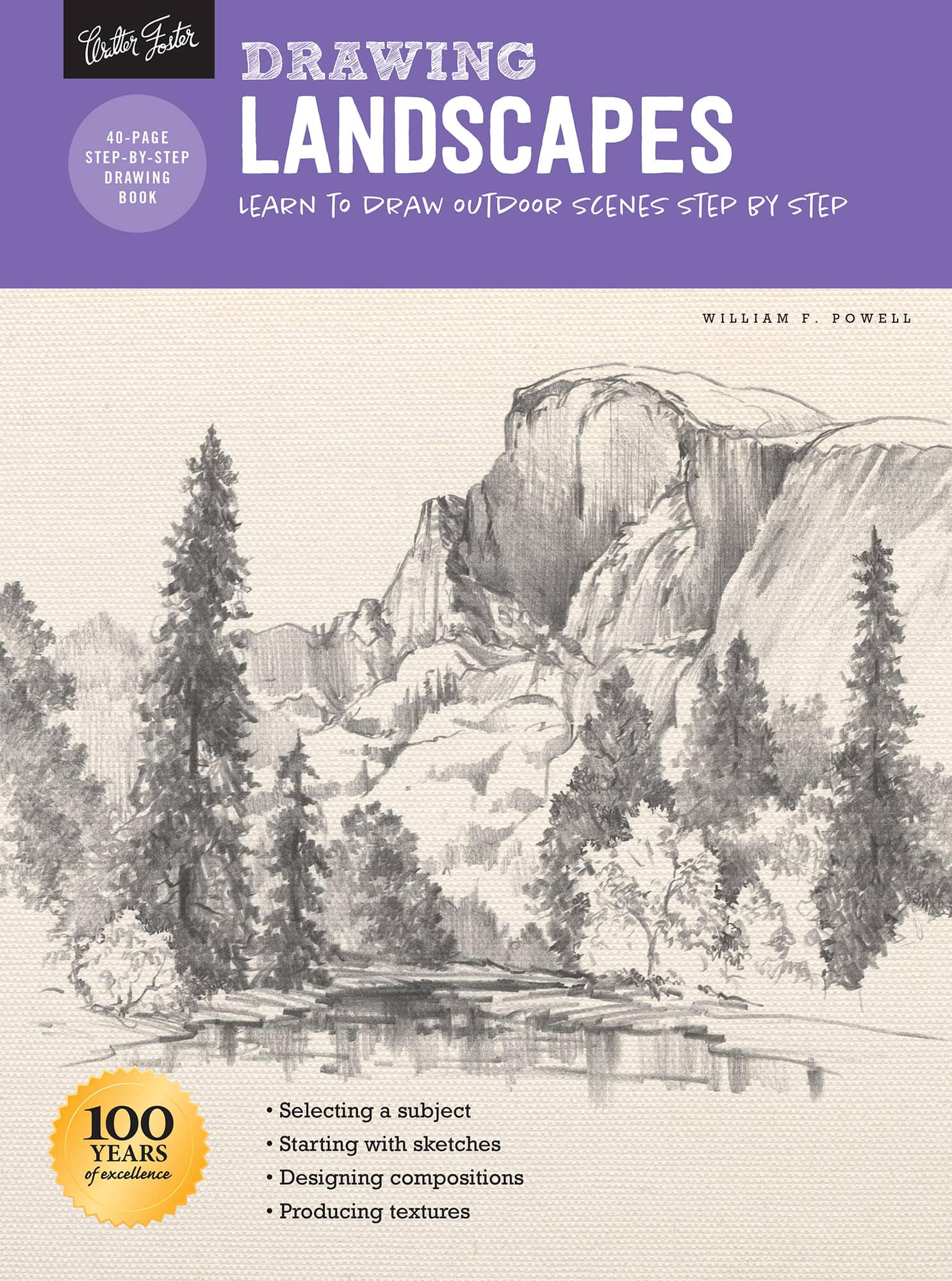
with William F. Powell


You can discover beautiful landscapes almost anywherein your vacation photographs, at local parks, and even in your own backyard! In this book, youll learn how to draw any outdoor scene step by step, from the preliminary sketch to the completed work. Youll explore how to choose suitable subjects, create a sense of depth through perspective, and utilize various points of view. And youll also learn simple techniques for developing common landscape elementssuch as trees, clouds, rocks, waterand how to apply a variety of shading methods to convey a sense of realism. Then, with a little practice, youll be able to apply your newfound skills and draw your own beautiful masterpieces!
Graphite pencil artwork requires few supplies, and fortunately they are fairly inexpensive. Choose professional pencils and paper, rather than student-grade materials; they will last longer and ensure a higher-quality presentation.

Pencils are labeled based on their lead texture. Hard leads (H) are light in value and great for fine, detailed work, but they are more difficult to erase. Soft leads (B) are darker and wonderful for blending and shading, but they smudge easily. Medium leads, such as HB and F, are somewhere in the middle. Select a range of pencils between HB and 6B for variety. You can purchase wood-encased pencils or mechanical pencils with lead refills.
Wooden Pencil The most common type of pencil is wood-encased graphite. These thin rodsmost often round or hexagonal when cut crosswiseare inexpensive, easy to control and sharpen, and readily available to artists.
Flat Carpenters Pencil Some artists prefer using a flat carpenters pencil, which has a rectangular body and lead. The thick lead allows you to easily customize its shape to create both thick and thin lines.
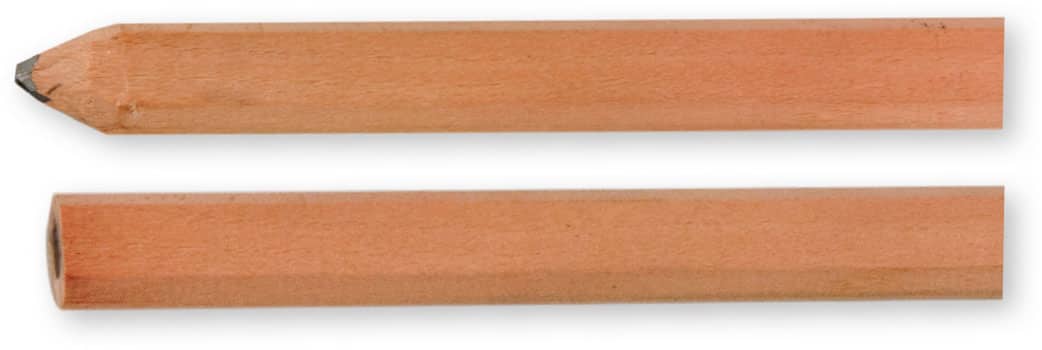
Carpenters Pencil
Mechanical Pencil Mechanical pencils are plastic or metal barrels that hold individual leads. Some artists prefer the consistent feel of mechanical pencils to that of wooden pencils; the weight and length do not change over time, unlike wooden pencils that wear down with use.

Mechanical Pencil
Woodless Graphite Pencil These tools are shaped like wooden pencils but are made up entirely of graphite lead. The large cone of graphite allows artists to use either the broad side for shading large areas or the tip for finer strokes and details.

Woodless Pencil
Graphite Stick Available in a full range of hardnesses, these long, rectangular bars of graphite are great tools for sketching (using the end) and blocking in large areas of tone (using the broad side).

Graphite Stick
Paper has a tooth, or texture, that holds graphite. Papers with more tooth have a rougher texture and hold more graphite, which allows you to create darker values. Smoother paper has less tooth and holds less graphite, but it allows you to create much finer detail. Plan ahead when beginning a new piece, and select paper that lends itself to the textures in your drawing subject.
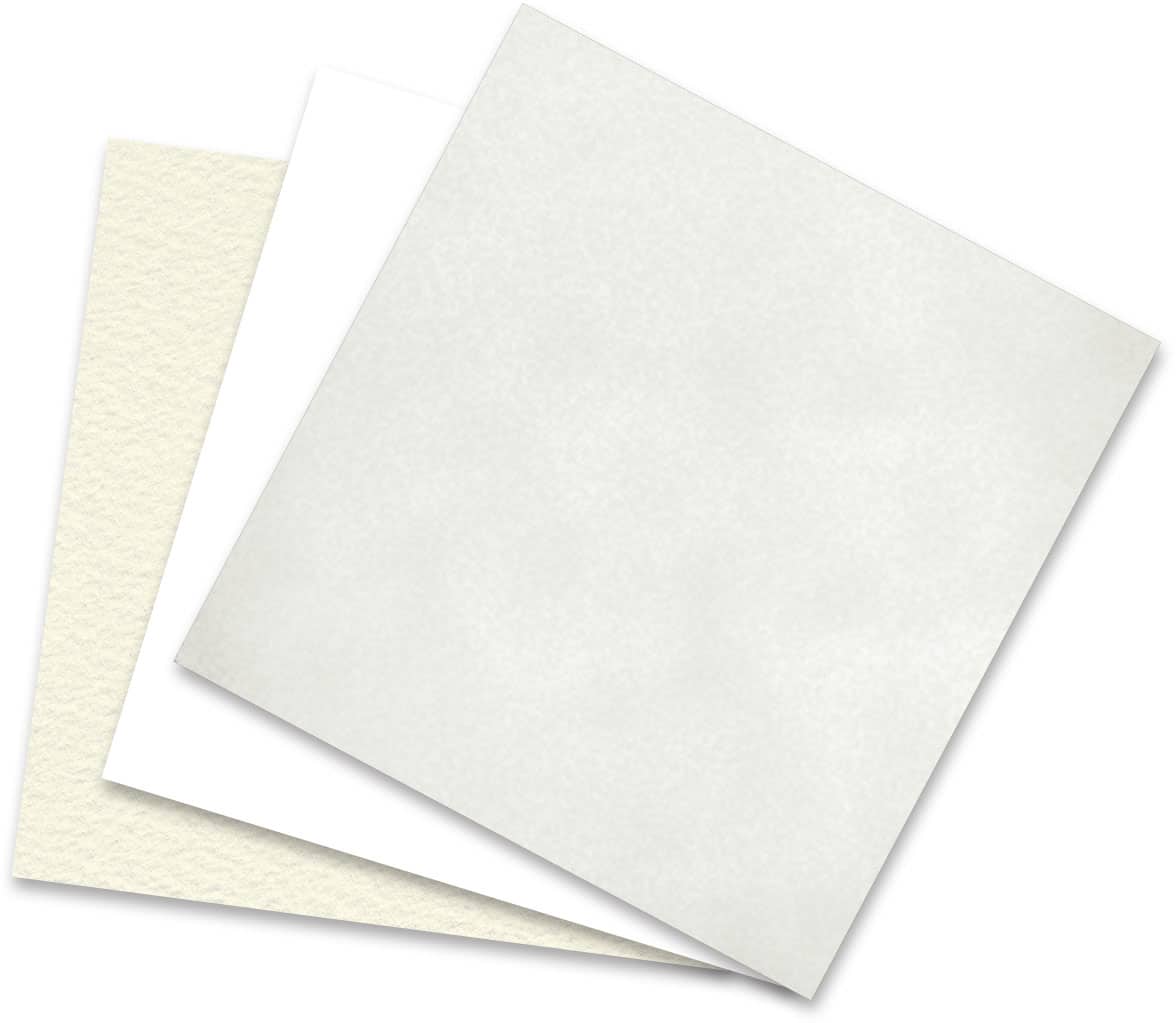
There are several tools you can use to blend graphite for a smooth look. The most popular blenders are blending stumps, tortillons, and chamois cloths. Never use your finger to blendit can leave oils on your paper, which will show after applying graphite.
Stumps Stumps are tightly rolled paper with points on both ends. They come in various sizes and are used to blend large and small areas of graphite, depending on the size of the stump. You can also use stumps dipped in graphite shavings for drawing or shading.
Tortillons Tortillons are rolled more loosely than a stump. They are hollow and have one pointed end. Tortillons also come in various sizes and can be used to blend smaller areas of graphite.

Facial Tissue Wrap tissue around your finger or roll it into a point to blend when drawing very smooth surfaces. Make sure you use plain facial tissue, without added moisturizer.
Chamois Chamois are great for blending areas into a soft tone. These cloths can be used for large areas or folded into a point for smaller areas. When the chamois becomes embedded with graphite, simply throw it into the washer or wash by hand. Keep one with graphite on it to create large areas of light shading. To create darker areas of shading, add graphite shavings to the chamois.
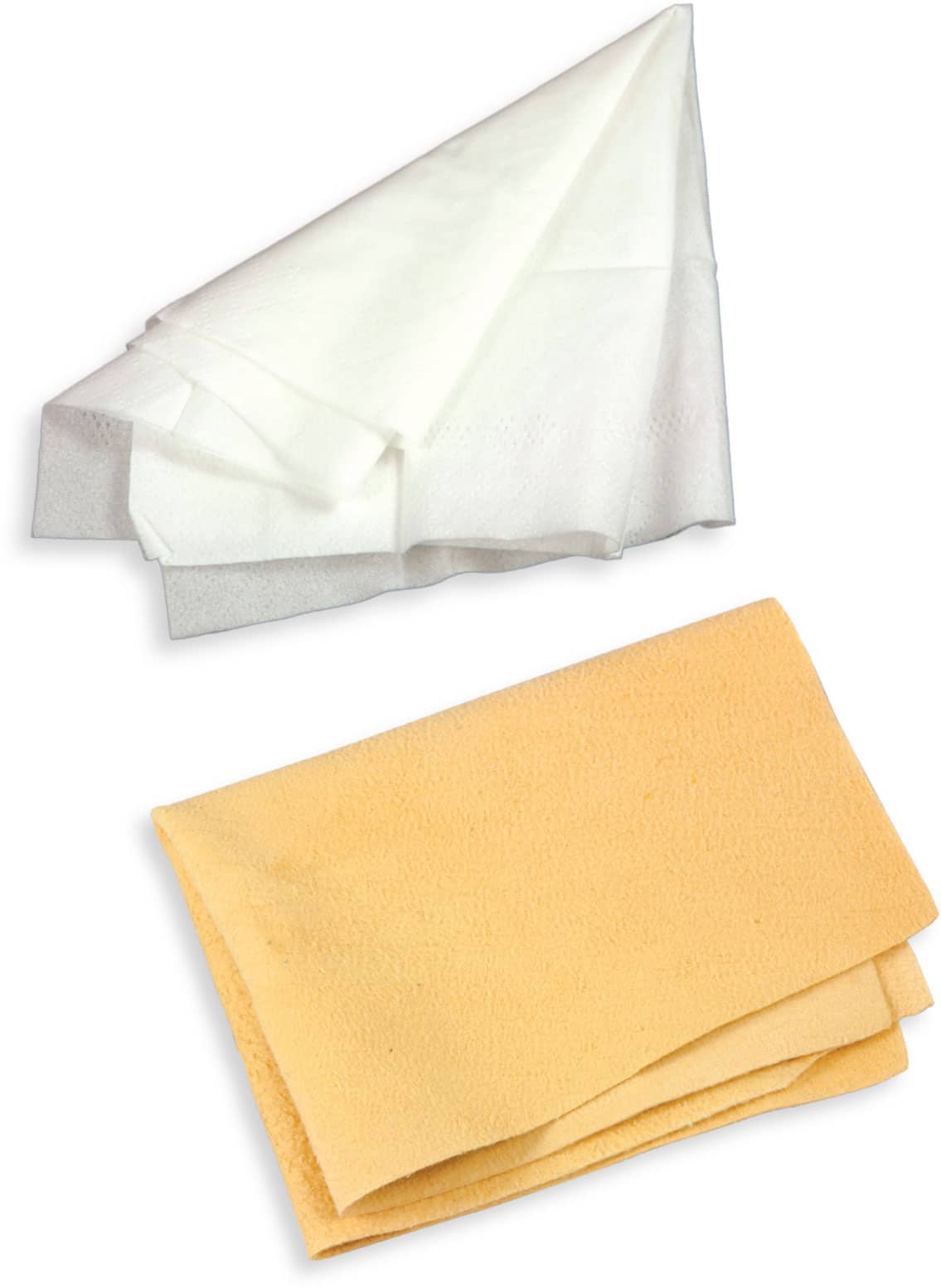
Erasers serve two purposes: to eliminate unwanted graphite and to draw within existing graphite. There are many different types of erasers available.
Kneaded This versatile eraser can be molded into a fine point, a knife-edge, or a larger flat or rounded surface. It removes graphite gently from the paper but not as well as vinyl or plastic erasers.
Block Eraser A plastic block eraser is fairly soft, removes graphite well, and is very easy on your paper. Use it primarily for erasing large areas, but it also works quite well for doing a final cleanup of a finished drawing.
Stick Eraser Also called pencil erasers, these handy tools hold a cylindrical eraser inside. You can use them to erase areas where a larger eraser will not work. Using a utility razor blade, you can trim the tip at an angle or cut a fine point to create thin white lines in graphite. Its like drawing with your eraser!
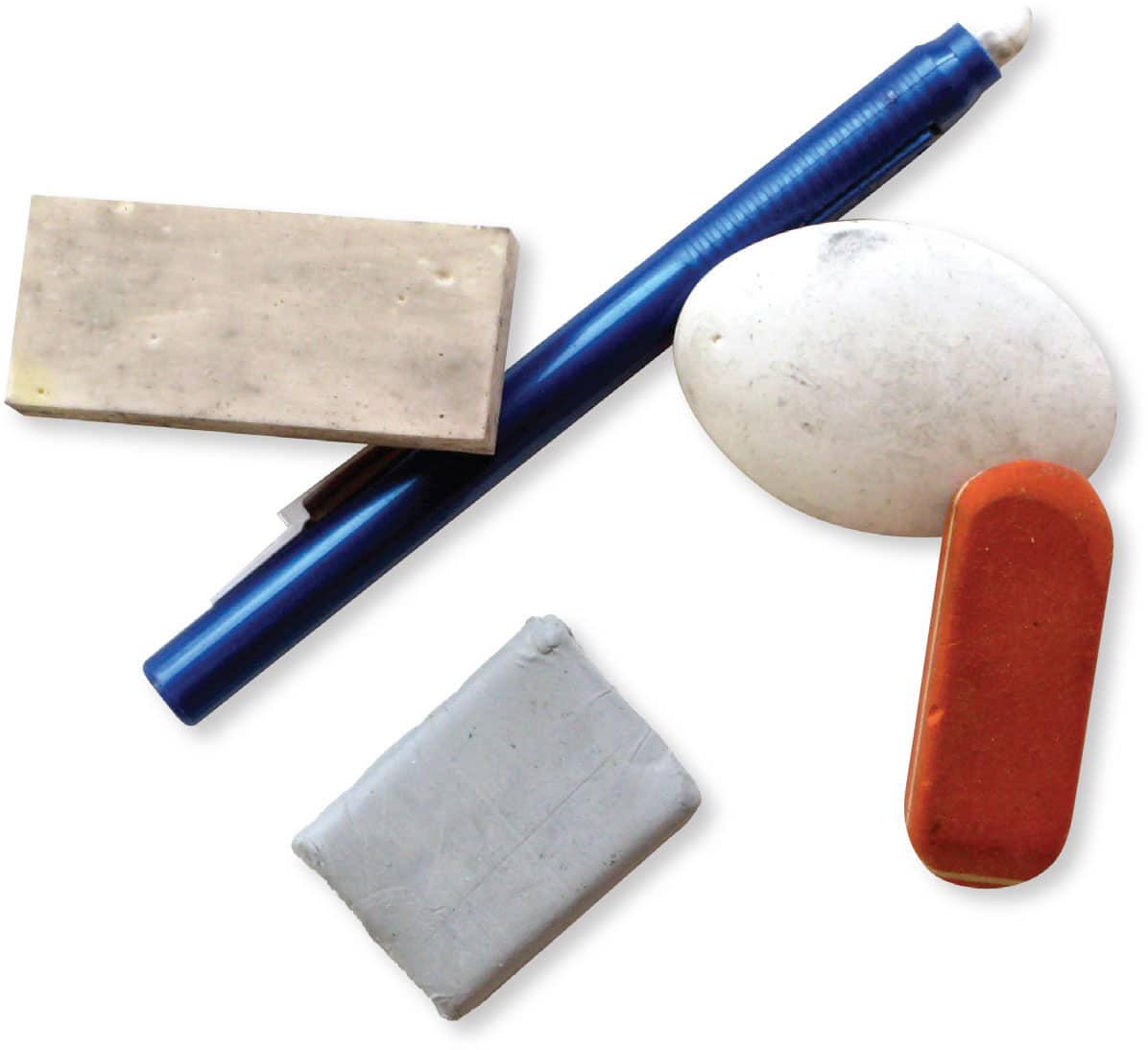
The key to transforming flat, simple shapes into convincing, lifelike forms is employing a variety of shading techniques. These contrasts in value (the relative lightness or darkness of a color or of black) are what give depth and form to your drawings.
Font size:
Interval:
Bookmark:
Similar books «Drawing Landscapes»
Look at similar books to Drawing Landscapes. We have selected literature similar in name and meaning in the hope of providing readers with more options to find new, interesting, not yet read works.
Discussion, reviews of the book Drawing Landscapes and just readers' own opinions. Leave your comments, write what you think about the work, its meaning or the main characters. Specify what exactly you liked and what you didn't like, and why you think so.

